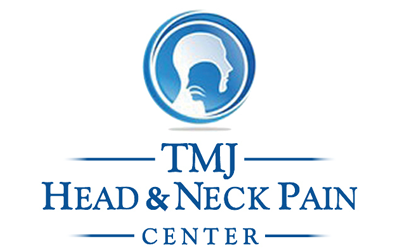- Schedule an Appointment Today
- (310) 231-5100
- drjelisha@gmail.com
How Long Does It Take for TMJ to Go Away?
Unlocking the lock jaw: Temporomandibular Joint (TMJ) dysfunction
December 20, 2019Understanding TMJ and Its Treatment Options
December 20, 2019When people refer to TMJ, they are often referring to temporomandibular disorders or TMD. These disorders affect the temporomandibular joint, which is where the common name of TMJ comes from. Unfortunately, from 20 to 50% of people experience symptoms of these disorders at some point in their life. However, TMJ pain is not specific enough to diagnose an underlying condition, which means that the problem might require treatment, or a doctor might simply recommend for you to wait it out, which leads to the most obvious question of how long will the pain last? Therefore, to understand the condition and its timeline, it is necessary to understand its causes, symptoms and treatments.
Causes
Like most medical problems, there are several causes for TMDs. For example, the issue can be pre-existing, lasting for the better part of an individual’s life, coming and going, and it is typically the result of bite problems. Although, muscle strain or jaw imbalances are just as likely. Also, trauma to the neck or jaw can also cause a sudden onset of TMJ. Unfortunately, not every cause has a treatment capable of curing the condition. However, the disorder can be managed and controlled with proper dental care.
Symptoms
There are many TMJ symptoms. In fact, there are so many symptoms that the disorder is often called “The Great Imposter.” The nickname implies how hard it is to diagnose, but with a plethora of symptoms, it is understandable. For example, you can experience trouble swallowing, popping or clicking in the jaw and facial pain. Although, the weirdest symptoms are those that don’t appear to have anything to do with the jawbone. For example, other symptoms include persistent headaches, blurred vision, hearing loss, light and sound sensitivity. If you are experiencing any of the above symptoms, especially in combination with each other, then go to the doctor and get assessed.
Treatment
The treatment for TMDs is almost as varied as the symptoms. For example, it is possible that wearing a mouthpiece or corrective orthotic can help to rectify damaged teeth, which might be leading to the jawline discomfort. Also, there are injections for pain management, which can provide temporary relief. Patients might also experience relief by taking part in physical therapy. For those who require a more invasive approach, there are surgeries that can relieve the issues relating to specific TMJ dysfunctions.
Recovery Time
Now, the main question posed by most TMD sufferers is how long will the condition last, and unfortunately, that is a good-news, bad-news situation. The good news is that most TMJ symptoms will clear up in no more than three weeks typically. However, certain TMJ conditions, especially those brought about by arthritis or bruxism, can last months or years, depending on the severity of the underlying condition.
Dental Visit
Many people attempt to avoid the dentist at all costs. Unfortunately, avoidance is not an option, especially when your symptoms escalate. For example, if you injured your jaw, have limited jaw movement or swelling near the joint. Also, if you are attempting to self-medicate with over-the-counter pain relievers, but they aren’t doing anything, then it is time to schedule an appointment with your dentist to discuss a possible treatment plan.
TMD and TMJ can hinder your daily life substantially due to pain and discomfort. If you are in need or suspect you need a TMJ doctor, then you should find an institution that specializes in the care and treatment you deserve.
TMJ Specialist Los Angeles
Dr. Jacob Elisha has over 30 years of experience in the field of dentistry, periodontics, and cutting-edge restorative techniques in Los Angeles, CA. Dr. Jacob Elisha is an authority in on TMJ Disorders. He has successfully treated patients with TMJ disorders in Los Angeles in the past and looks forward to the future.
TMJ Disorders. An award-winning oral maxillofacial surgeon and Los Angeles TMJ Clinic, Dr. Jacob Elisha is known for providing among the most effective TMJ treatment Beverly Hills has to offer—improving jaw function and delivering permanent relief from chronic pain.
